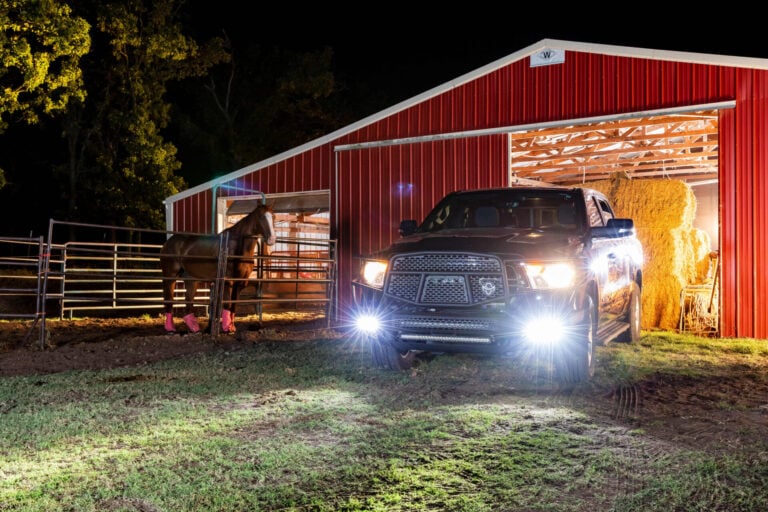Our headless CMS services
○ Content audit
○ Content strategy
○ Selection framework service
○ CMS solution development & implementation
○ Design & UX
○ Content consultation
○ Content modelling
○ Content personalization
○ System integrations
○ Content migration
○ Ongoing support and optimization
Headless CMS development
The digital world moves fast — and your content needs to keep up. At Vaimo, we build powerful, flexible CMS solutions that help you publish, manage, and scale content without the headaches.
Smart, scalable, and made to fit your needs
We work closely with your marketing, content, and tech teams to deliver CMS solutions that are intuitive, future-ready, and tailored to your business. No bloated systems. No clunky workarounds. Just smart tools built for real results.


















